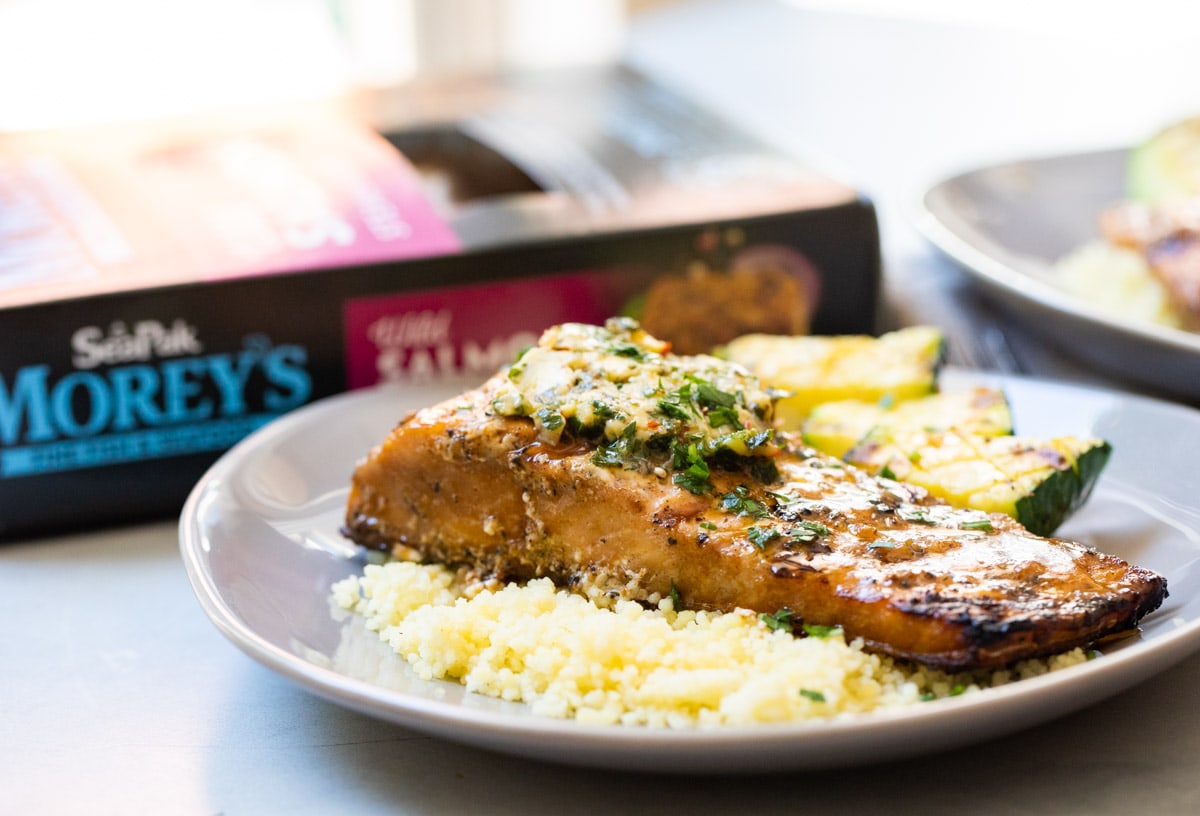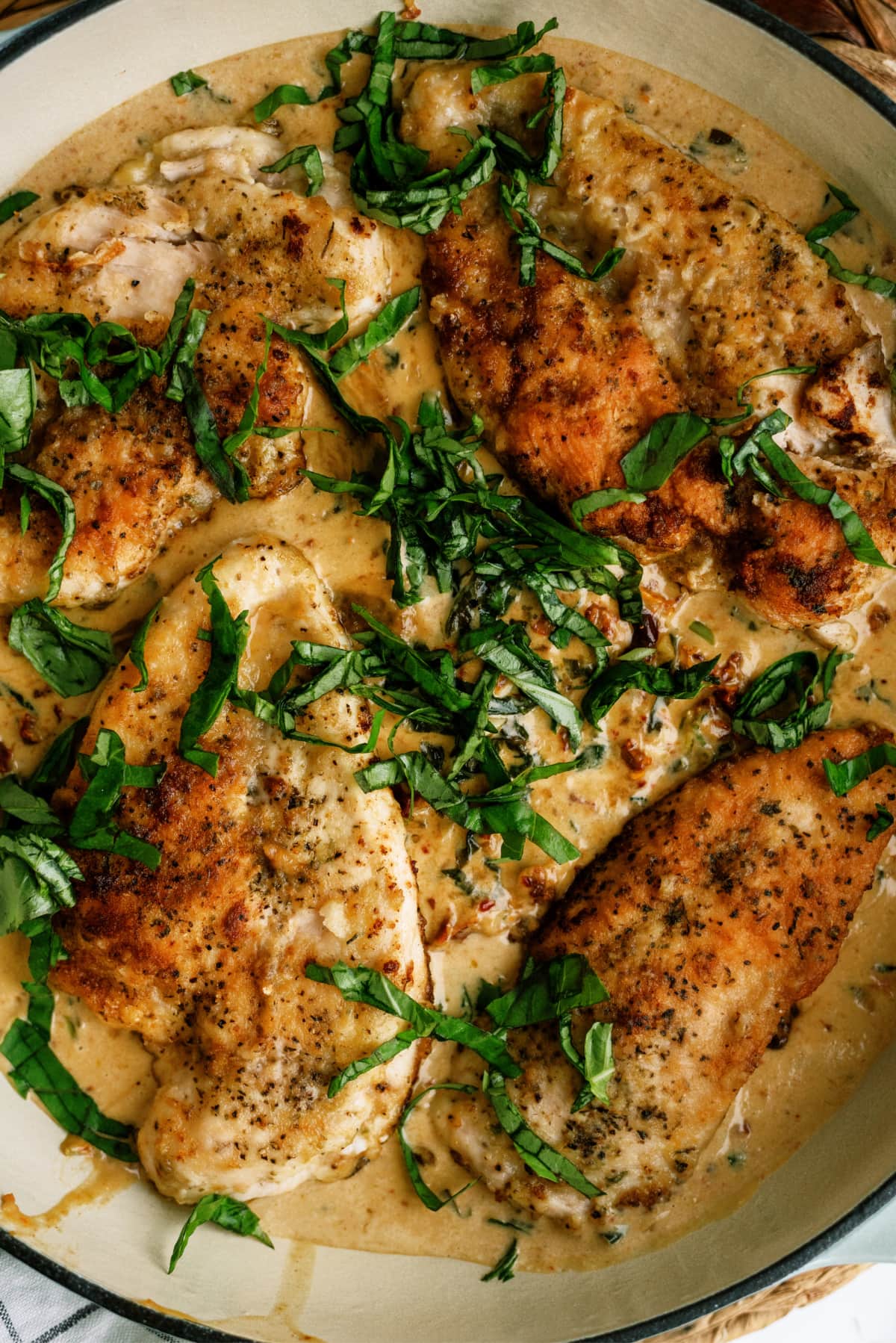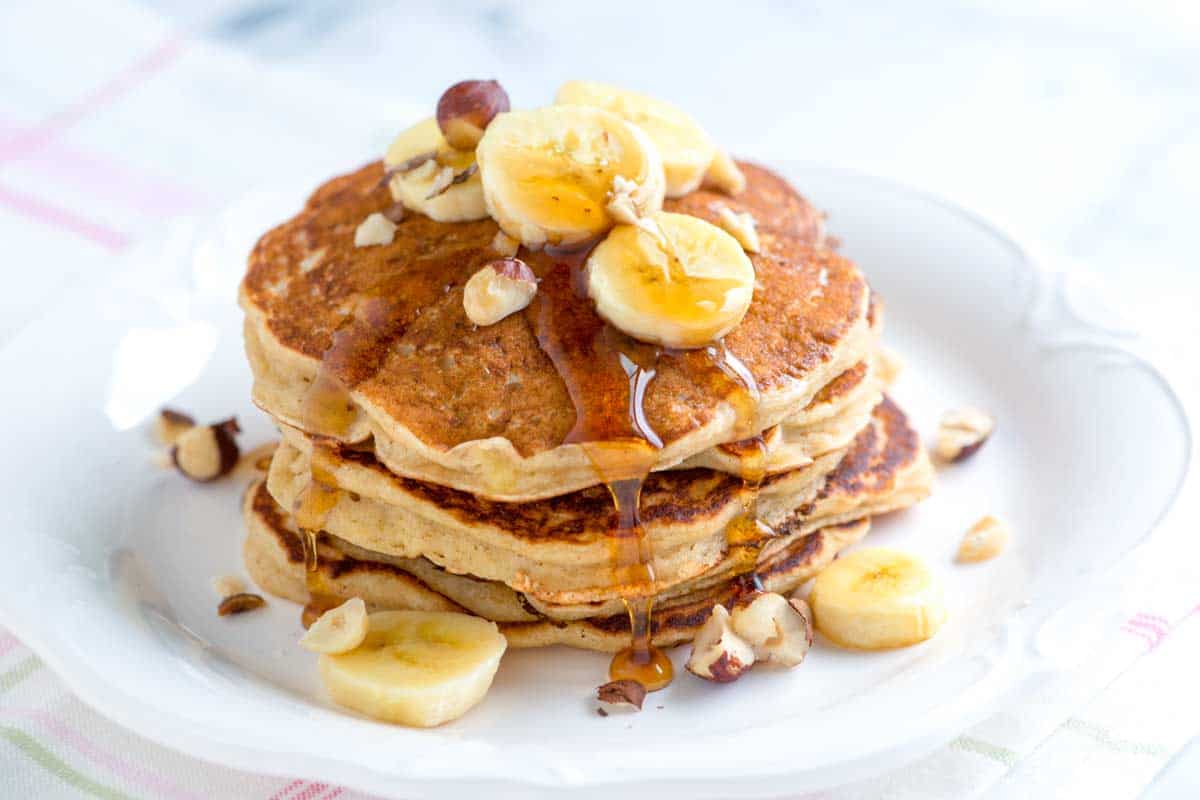Did you find yourself in need of a butter substitute in baking? Whatever your reason for needing a replacement, find out the best Butter substitutes The taste is great while bringing all the benefits of butter to your pastries!
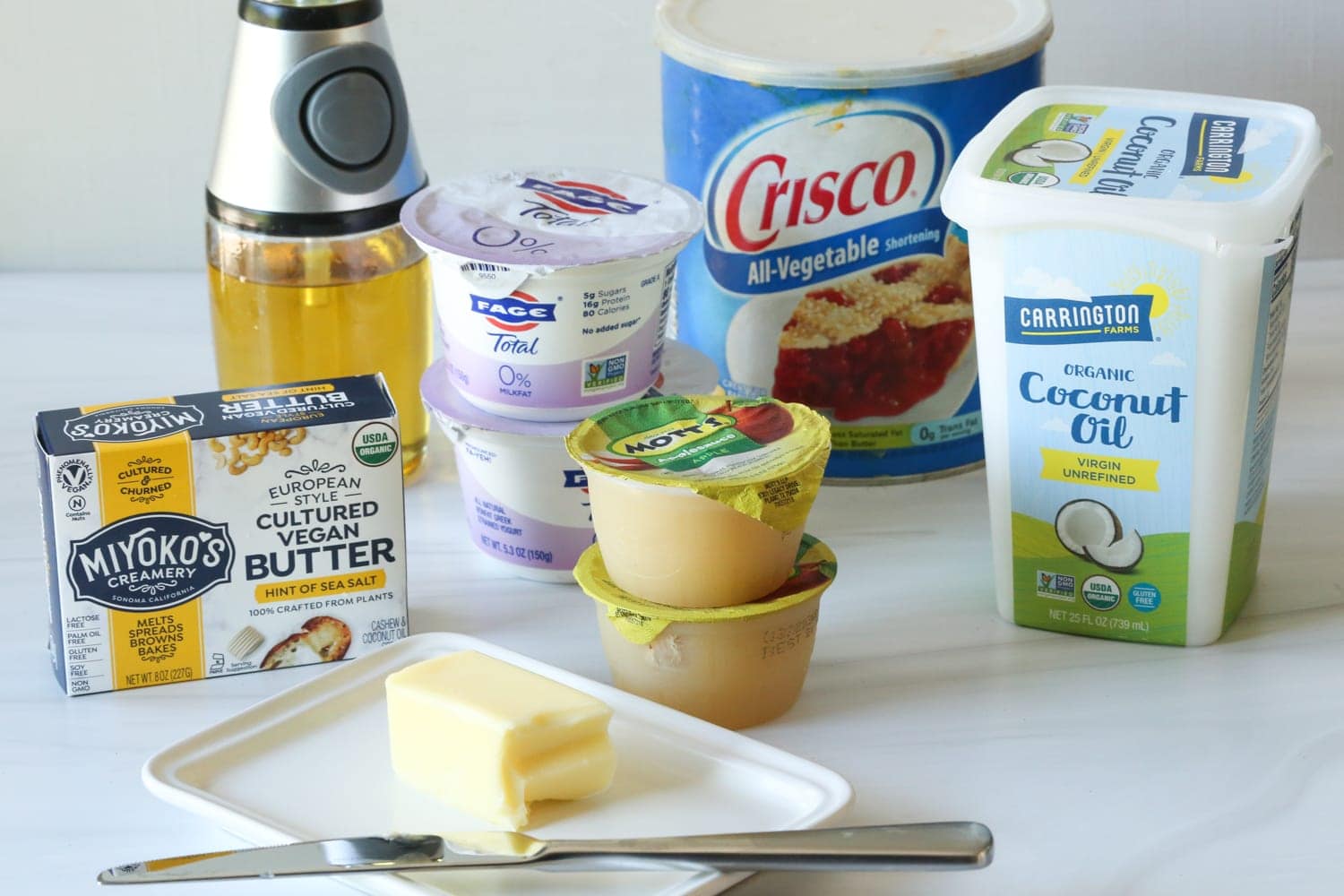
Baking with butter substitutes
Butter brings all kinds of goodness to the taste and texture of pastries. There’s a reason it’s one of the most popular ingredients in baking! Butter has a rich and creamy taste and essential fatty oils that play a big role in the amount of recipes that come out.
For this reason, if you are unable to consume butter, or if you do not have butter on hand, it can be super disappointing to find butter in the list of ingredients. Fortunately, there are so many alternatives to butter nowadays, that bakers no longer have to despair of replacing it with recipes!
Below I have compiled a handy guide on different butter substitutes, and how to best use them in all your favorite baking!
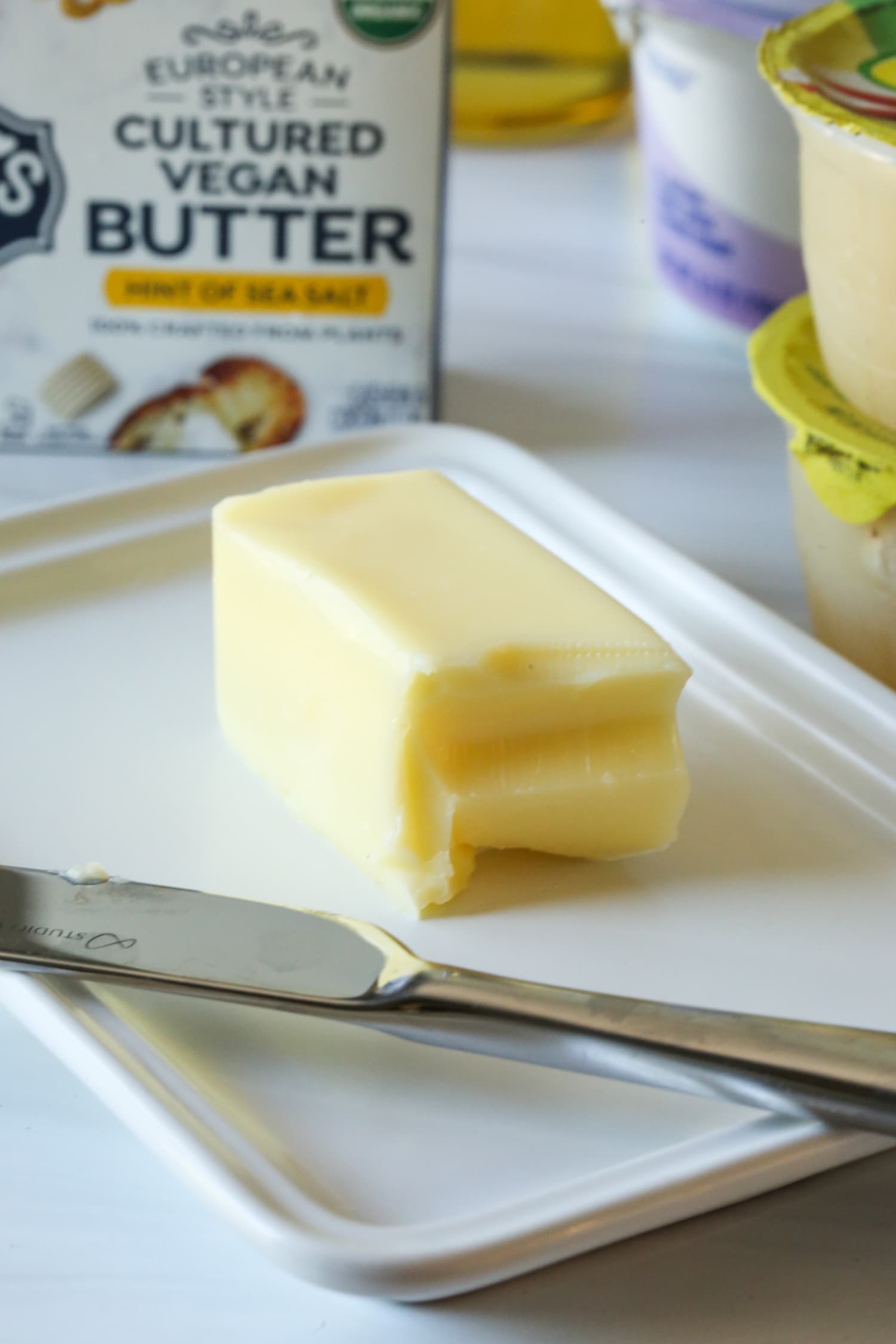
What is the role of butter in baking?
Depending on the recipe, butter can serve several roles in baking. Some recipes depend on the rich and creamy taste, while in others the butter contributes to the overall texture and moisture of the finished products.
In cakes and muffins, for example, butter imparts puffiness and moisture to crumbs, resulting in the light and airy texture we all love.
In the crust of pies and pastries, the butter is what brings the peeling layers and the distinct buttery taste.
Without butter, many pastries would have fallen in texture and flavor! However, there are also many worthy butter substitutes that you can use in recipes, which we will go over in this post.
What types of butter are there?
- Sweet cream butter: The most popular type of butter in the US. Pasted sweet cream butter is found in most grocery stores and can be salted or salt-free.
- Cultured butter: Made from fermented milk and then crushed, with a spicy taste. It was the only type of butter that was available in the days before pasteurization and refrigerators! European-style butter is a type of high-fat butter in a natural culture that you may have seen in stores.
- Raw butter: Similar to sweet cream butter, just not pasteurized. For this reason raw butter has a very short shelf life and it falls under food regulations and quite strict safety.
- Spreadable butter / whipped cream: This type of butter is made with the addition of vegetable oils or air, which stays soft and fluffy even when cold! It is especially convenient to spread on soft bread, in contrast to regular chilled butter that tends to crumble and stick.
- Clarifying butter: Pure butter fat, created by removing the milk solids and evaporating the water while boiling the butter. Lightening butter is liquid and can be stored at room temperature, and is used in cooking similar to oil. Ghee is also a variation of lightening butter, often used in Indian cuisine, with a more nutty flavor.
Why do I need a butter substitute?
There are many reasons why someone should omit bakery butter. Maybe it’s an allergy or intolerance to dairy products, maybe it’s a dietary decision or lifestyle. Or maybe you just ran out of butter sticks when your heart was ready to bake something delicious!
Whatever your reason for not consuming butter, one thing is for sure – butter should be replaced in baking something. Leaving butter out, without replacing the loss of fatty oils, is rarely an option. The substitutes in the next section are here to help!
The best butter alternatives and how to use them
Replacing butter in cooking and baking deals with alternatives that contribute to the recipe just as butter would do (coating, moisture and texture). Here are 8 butter substitutes and the best ways to use them:
Coconut oil
Spare ratio: 1 to 1
Coconut oil is probably the most varied and all-around butter substitute! Refined coconut oil is neutral in taste, making it ideal for cooking and baking. Unrefined coconut oil has a delicate coconut flavor, which works best with desserts and sweet recipes. You will probably notice a difference in texture when you use coconut oil in recipes like cookies and crust pies – these usually come out crispier and more crumbly. However, other recipes for breads, cakes and muffins made with coconut oil come out more or less the same as with butter!
Vegan butter
Spare ratio: 1 to 1
Depending on which one you use, vegan butter can be very similar to the real taste! Popular brands like Earth Balance Butter are available in many supermarkets nowadays. However, they can be on the expensive side. Vegetable butter is the best substitute for using recipes (baking or otherwise) that will not be the same without the taste and texture of the butter.
shortening
Spare ratio: 1 to 1
Vegetable shortening (crisco, for example) is an alternative to tasteless butter that is best for baking. The consistency of the shortening makes it excellent for recipes that require cold butter or at room temperature, like a pie crust. Although it is tasteless of butter, it behaves the same way.
Olive oil
Spare ratio: 1 to 1
Olive oil is rich in monounsaturated fats and antioxidants, making it one of the healthier alternatives to butter. Due to its distinct taste, it is best to use in cooking. Since olive oil ranges from peppery and slightly bitter to floral and earthy in taste, it can be tricky to use as a substitute in baking (unless the recipe specifically requires it, as in these fudge brownies of olive oil!). However, a little olive oil can replace melted butter in most recipes.
Greek yogurt
Spare ratio: 1 to 1
A more unconventional replacement in this list! Plain Greek yogurt can replace butter in many baking recipes. It has a more creamy texture that actually improves the moisture and texture of pastries! Due to its pungent taste, I recommend using it only in recipes that require a small amount of butter (usually less than one cup). Recipes that require larger amounts will come out too dense if all the butter is replaced with Greek yogurt!
Unsweetened apple puree
Spare ratio: 1 to 1
Unsweetened apple sauce has a neutral taste and is a great carb-low substitute for butter in pastries. Because it is not as greasy as butter, apple puree is best used in cakes, breads, cupcakes and muffins, although the end result may be a little more dense. You should add a little fat like olive oil or yogurt.
Pumpkin puree
Spare ratio: 1 to 1
Pumpkin puree is a good alternative to butter used in baked goods with strong flavors (think: recipes with chocolate or spices like cinnamon). Like apple puree, pumpkin puree can replace butter in recipes for cakes, muffins and quick breads, when the resulting texture may be denser.
Avocado
Spare ratio: 1 to 1
Ripe avocado is soft, creamy and fatty, and is a great substitute for butter in many baking recipes. Extremely fast breads and cakes! The resulting recipes may be softer and more chewy (and greener!), But the taste is pretty neutral. I recommend you cleanse the avocado first, to get rid of all the lumps. It is also best to lower the oven temperature and extend the baking time to prevent over-browning.
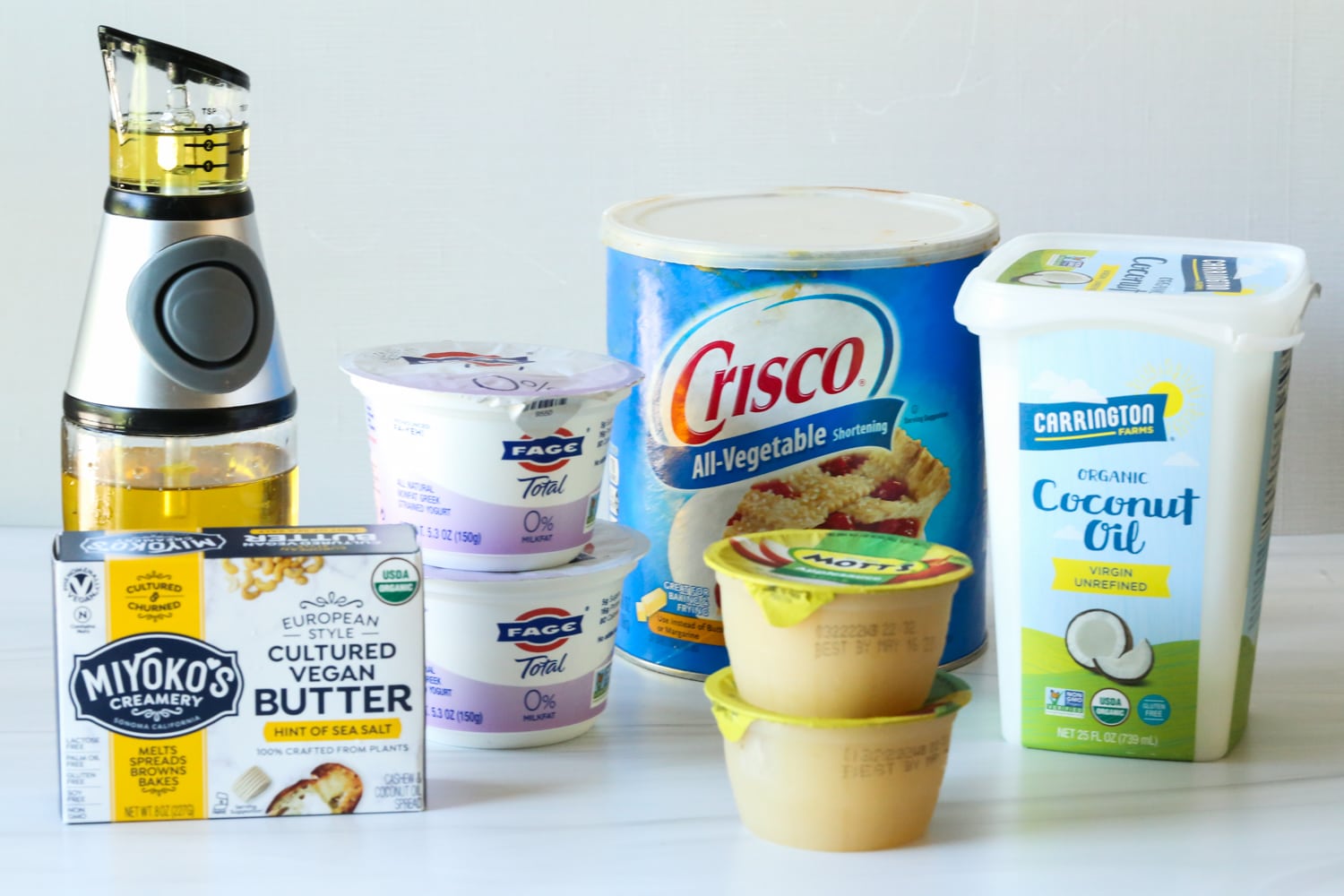
Butter replacement tips
Now that you’re up to date on butter substitutes and their benefits, here’s some helpful tips when it comes to butter replacement:
- Use refined coconut oil if possible: Refined coconut oil is odorless with a high smoking point, making it arguably the best alternative to butter in most scenarios.
- Improve the flavors: Spices and extracts can enhance the overall taste of butter-free pastries (i.e. vanilla extract, almond extract, cinnamon and ginger). These can also help hide delicate flavors that come with certain substitutes, such as avocado puree and pumpkin.
- Adjust the amount if you use oil: In some recipes that require oil as a substitute, use 25% less oil than you would compliment. For example, if a dough recipe requires 100 grams of butter, use 75 grams of oil instead.
